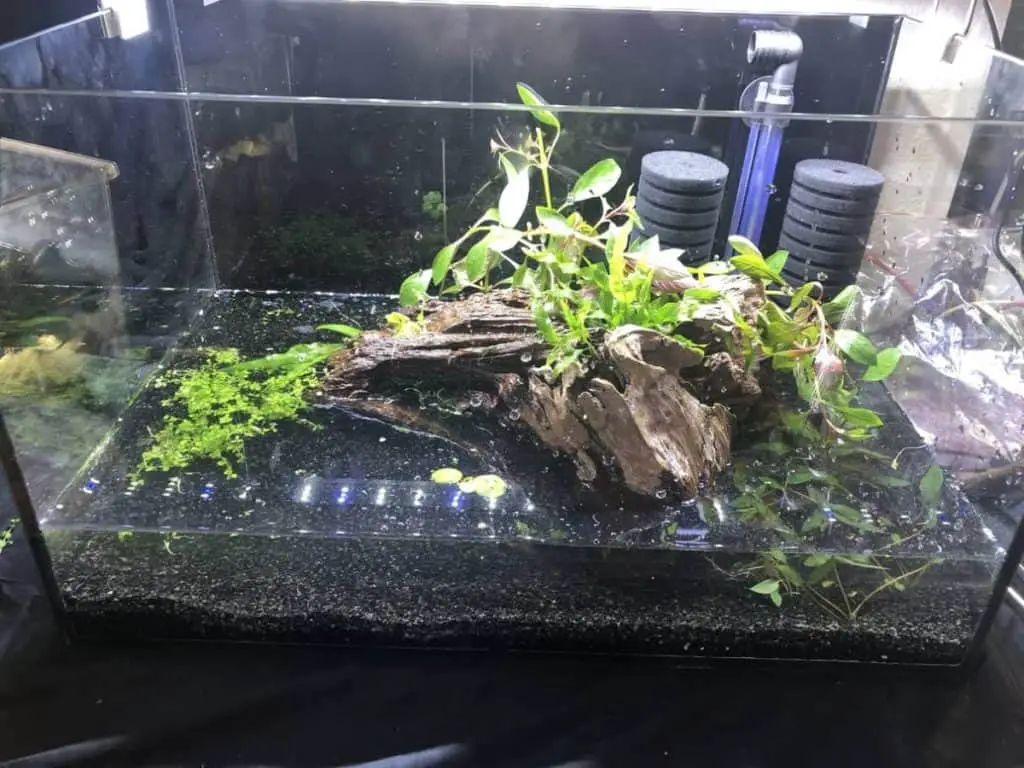Are you ready to create the ultimate aquarium paradise for your fishy friends? Achieving a healthy and stable aquarium environment is crucial for the well-being of its inhabitants. And one of the most important processes for maintaining this stability is the nitrogen cycle. But don’t worry. Mastering the nitrogen cycle for aquarium bliss is easier than you might think!
In this article, we’ll guide you through the essential steps for cycling your tank, including different methods and the role of beneficial bacteria in speeding up the process. We’ll also discuss the benefits of a cycled tank, such as reduced stress for your aquatic pets and less maintenance for you.
So, let’s dive in and learn how to create a thriving aquarium that will bring you and your fish joy and happiness for years to come!
Key Takeaways
- The nitrogen cycle is crucial for maintaining stability in an aquarium and involves beneficial bacteria converting toxic ammonia and nitrite into less harmful nitrate.
- Different methods can be used to cycle a tank, including ghost feeding, starter fish, and bacterial additives, with the latter reducing the time it takes for the bacteria to establish in the tank.
- Daily testing of ammonia and nitrite levels is crucial during the cycling process, with a cycled tank having zero ammonia and nitrite levels and low nitrates through regular water changes.
- Monitoring water quality regularly with a reliable test kit and keeping nitrates low is important for maintaining a healthy and stable environment for fish to thrive and grow.
Importance of Stability
You need to understand that stability is crucial for the well-being of your aquarium inhabitants. The nitrogen cycle plays a key role in maintaining it by processing toxic ammonia and nitrite into less harmful nitrate with the help of beneficial bacteria.
The importance of water quality cannot be stressed enough because unstable conditions can lead to stress, disease, and even death of your fish. A stable aquarium environment means that the water chemistry remains consistent, with minimal fluctuations in pH, temperature, and other parameters, which allows your fish to thrive and grow.
When the nitrogen cycle is disrupted, ammonia and nitrite levels can build up quickly and cause harm to your fish. This is why monitoring water quality regularly with a reliable test kit is important, and taking corrective actions immediately when necessary.
By understanding how the nitrogen cycle works and maintaining stability in your aquarium, you can ensure a healthy and happy fish community that will bring you joy and satisfaction for years to come.
The Nitrogen Cycle Process
Understanding how beneficial bacteria process ammonia and nitrite is crucial for maintaining stability in your aquatic environment. Without these bacteria, toxic ammonia and nitrite would accumulate, harming your fish and other inhabitants.
Here’s how the nitrogen cycle process works:
- Fish and food release ammonia into the water
- Beneficial bacteria called Nitrosomonas convert ammonia into nitrite.
- Another type of beneficial bacteria called Nitrobacter converts nitrite into nitrate.
- Nitrates can be removed with water changes or by adding live plants.
It’s important to note that the nitrogen cycle can take several weeks to establish in a new aquarium. During this time, testing the water daily and adding ammonia as needed can help speed up the process.
Once the cycle is established, your aquarium should have zero ammonia and nitrite levels, and nitrates should be kept low through regular water changes.
Understanding and mastering the nitrogen cycle process can ensure a healthy and thriving aquatic environment for your beloved aquatic creatures.

Cycling Your Tank
To cycle your tank, there are different methods you can try to establish beneficial bacteria. Ghost feeding involves adding fish food to the tank without any fish present. The decomposing food will release ammonia, which can be processed by the bacteria.
Alternatively, you can use a starter fish that can produce the same effect but choose a hardy species that can withstand the initial spike of toxins.
To speed up the cycling process, you can jumpstart the process with bacterial additives containing live bacteria. These products can reduce the time it takes for the bacteria to establish in your tank.
Daily testing of ammonia and nitrite levels is crucial to track the cycle’s progress. A cycled tank will have zero ammonia and nitrite after adding ammonia, indicating that the bacteria are established and functioning properly.
It’s also important to keep nitrates low and check them regularly when adding new livestock to maintain a healthy and stable environment for your fish.
Conclusion
Congratulations! You’ve successfully cycled your tank and created a stable environment for your aquatic friends. By following the essential steps and understanding the nitrogen cycle process, you’ve set yourself up for aquarium bliss.
Regular testing and maintenance will ensure your tank thrives and provide a healthy habitat for your fish and other inhabitants. There are different methods for cycling a tank, but patience is key.
It may take several weeks for the beneficial bacteria to establish and for the nitrogen cycle to complete. But with the right tools and knowledge, you can master the nitrogen cycle and create a beautiful and healthy aquarium that will bring you joy for years.



